From design to deploy, these tools will have your API and microservices up and running in no time.
With today’s businesses running a plethora of systems across diverse environments, taking advantage of the modern IT economy lies in an organisations ability to create value via their APIs and microservices. While the process of building and managing APIs can be simple at its root (particularly with REST, which is extremely lightweight) there are many hidden complications during implementation. For this reason, we have put together this quick guide to make your tasks easier.
Building and publishing an API
Linx
Linx is a powerful suite of low-code/no-code development software designed for building back end applications quickly. It enables companies to construct new software quickly without having to hire an entire team of engineers; much of the work can be handled by business analysts. While Linx is designed for building entire suites of applications, one of its most robust and useful features is its ability to build web services and host APIs.
Instead of needing to write code for many repetitive pieces, Linx provides a full platform for putting together powerful applications that make use of cutting and bleeding edge technologies available through web services.
Linx has several useful features for building, implementing, and consuming APIs for internally built applications. It has features which will allow assembling and publishing both REST and SOAP web service endpoints.
All functions can be handled without any specialized coding. If you already have the parameters for the API, you can simply enter them, and drag and drop the modules directly into the Linx Application Designer.
Good For (Best Use Case)
Creating and consuming APIs can be a time-consuming process. While configuring APIs are relatively easy for developers, they typically need some custom programming. With Linx, this process accessible via your designer by simply dragging and dropping a module into your designer canvas and setting up some configuration. If you are working with an application which requires consuming quite a few APIs, the process of integration with external services becomes far more efficient, and can be handled by Business Analysts or IT pros, without the need or time required for specialized development.
Pros/Cons
There are very few drawbacks to using Linx for your development processes. Whether you have existing applications that you would like to connect via SOAP or REST, or if you wish to build an entire software suite within Linx, the API functionality will work extremely well for making the connections today to enable your applications to “play well with others.”
Linx, however, is not a full API management tool in itself; testing, for instance, should be handled by a third party application.
Pricing
Self-hosted Designer IDE: Free
Cloud services: From $149/month with a developer’s license (1 application)
Documenting
Swagger Editor
URL https://editor.swagger.io/
Swagger editor is a tool which allows you to design and document APIs using a free web-based open source editor. It is designed solely for creating OpenAPI-based APIs. It provides options to work web-based or in a local environment.
Good For (Best Use Case)
Well-documented APIs are a necessary aspect of providing them. Creating documentation can be painstaking, however if people can’t understand how to use your application’s APIs, they simply won’t use them. It’s very helpful for creating easily shareable documentation that can drastically improve user experience for those attempting to use your APIs.
Pros/Cons
It provides instant visualization of the documentation as it is being created, and also has a number of customization options. It has some helpful auto-completion tools, and will help create server stubs for APIs in a wide array of programming languages. It does not, however, support hypermedia.
Pricing
Free – both for download and in the cloud for individuals
Options available for Teams and Enterprises
API Testing
Fiddler
URL https://www.telerik.com/fiddler
Fiddler is a free web debugging proxy that can be very helpful for testing the security of your APIs. It boasts many features, including the ability to log any and all HTTP(S) traffic running between your machines and the internet, and will assist in decrypting any traffic to identify if there are any security holes in your applications.
To test your APIS, only requires one to drag and drop any active session into a menu, and run a set of validations against it, either in plain text or using regex.
Good For (Best Use Case)
Fiddler is an excellent tool for debugging APIs. Also, when working with APIs, particularly if there are sensitive issues surrounding security of your applications, Fiddler makes an excellent tool for monitoring all HTTPS traffic surrounding the call. It can help detect if there are any attempts at interference, and you can monitor your own tests if you are performing any penetration testing.
Pros/Cons
With each API call, simply by placing a debugger on it, you can view the full header and payload. Data can be viewed in a range of formats, from xml, json, or raw.
The interface is a little confusing at first, particularly on a Mac. It currently does not support mobile testing.
Pricing
The software is free for download.
Enterprise pricing with unlimited priority support: $999/user annually
Postman
URL https://www.getpostman.com/
Postman is a complete API development testing and environment which can enable creating simple to complex APIs and to verify their functionality prior to building into your applications. You can manually create simple API calls using a straightforward user-friendly interface.
Good For (Best Use Case)
As ensuring APIs work properly is its own issue, beyond any coding you may need to do, it can be extremely helpful to have an environment where one can verify if payloads are being sent and/or received properly prior to any development work.
Pros/Cons
Postman provides full integration with existing SDLC methods, ranging from various Agile and Dev/Ops environments to larger waterfall-type organizational models. This makes it well-suited for the professional development process. For this reason, it is regularly used by many software development teams. It is a little memory-intensive, so may run slowly on some computers.
Pricing
Individuals and Small Teams: Free
Including collaboration features: $8/user monthly (up to 50)
Enterprise: $18/user monthly (includes advanced features)
Swagger UI
https://swagger.io/tools/swagger-ui/
SwaggerUI is an open source API tool generated using OpenAPI resources. It allows users to view APIs at a high level through a web interface. It provides basic documentation of the resources within the API and enables developers to be able execute API requests and monitor them so as to determine whether or not payloads are accurately sent, and what results are received.
Good For (Best Use Case)
It is a very useful tool for testing tools during the development process by both developers and testers. SwaggerUI can also be used by end-users looking to evaluate APIs of an application to help understand:
a) how they work, and
b) whether they meet the needs required by their operations.
Pros/Cons
The strongest point of Swagger is its easy interface – it does not require any specialized knowledge beyond understanding what APIs are. By using a web interface, this makes it lightweight; there’s no need for a download (though this option is available). There are no dependencies, meaning that it is extremely flexible.
Where it is strong in usability, it lacks in complexity. For instance, it does not support Hypermedia, meaning that it may have some problems evolving as new technologies develop.
Pricing
SwaggerUI is free and open source
REST and SOAP testing tool
SoapUI
SoapUI is a complete API automation testing framework for both REST and SOAP methodologies. Features include API functional testing, performance testing, security, and API mocking, and contains reporting tools for viewing metrics of large-scale API testing procedures. SoapUI has a free open source and professional versions.
Good For (Best Use Case)
SoapUI is ideal for developers who need to build APIs on a daily basis, and those who are required to manage large sets of connections. It provides the ability to monitor activity and behavior of large arrays of APIs with high levels of activity.
Pros/Cons
SoapUI boasts a wide range of functional testing features as well as many important security features, ranging to alerts from SQL injection to XSS and more. It provides an array of highly useful actionable alerts for any problems that may occur. As it is open source, developers may modify any of the source code to meet their own needs at any time.
It is an advanced tool, so for many users, some pieces may be more complicated than they may be used to. The free trial version does not offer as many of the more user-friendly pieces.
Pricing
Free Trial. Standard 1-year license: $659
Open Source training and certification: $99
Summary
Working with APIs may seem complicated, as it requires connecting seemingly unrelated applications and making it possible for them to work together. However, due to evolution from SOAP to REST (and soon, likely GraphQL), the process has gotten considerably easier. The fact that applications use common communication formats like JSON makes it possible for a whole new range of development opportunities.
APIs make it possible to create lightweight applications which can easily adapt and traverse the rapidly changing ecosystem of web software. With the right tools, API development and management can become a seamless part of your development process and enable you and your clients to be able to remain agile in today’s competitive environment.


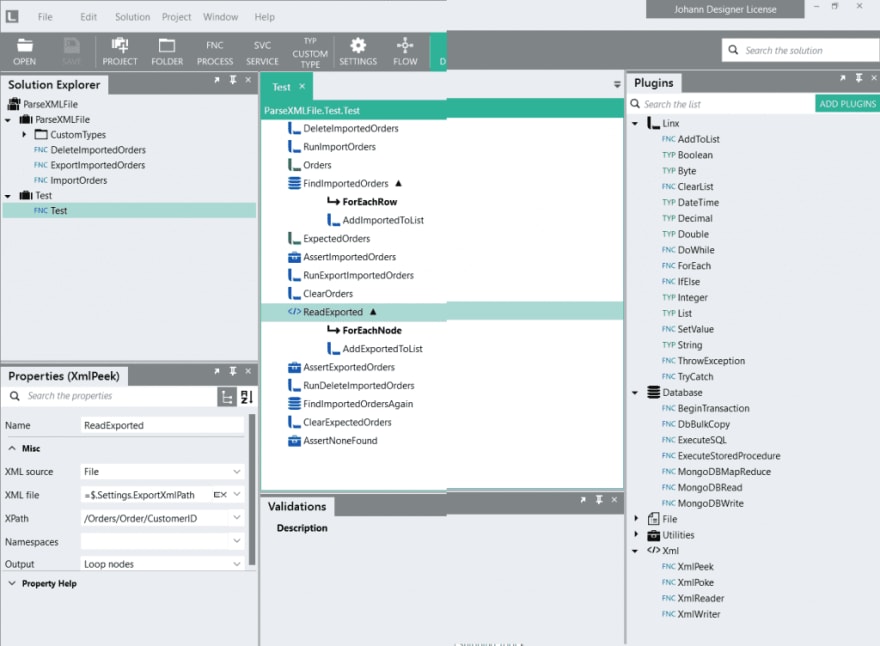

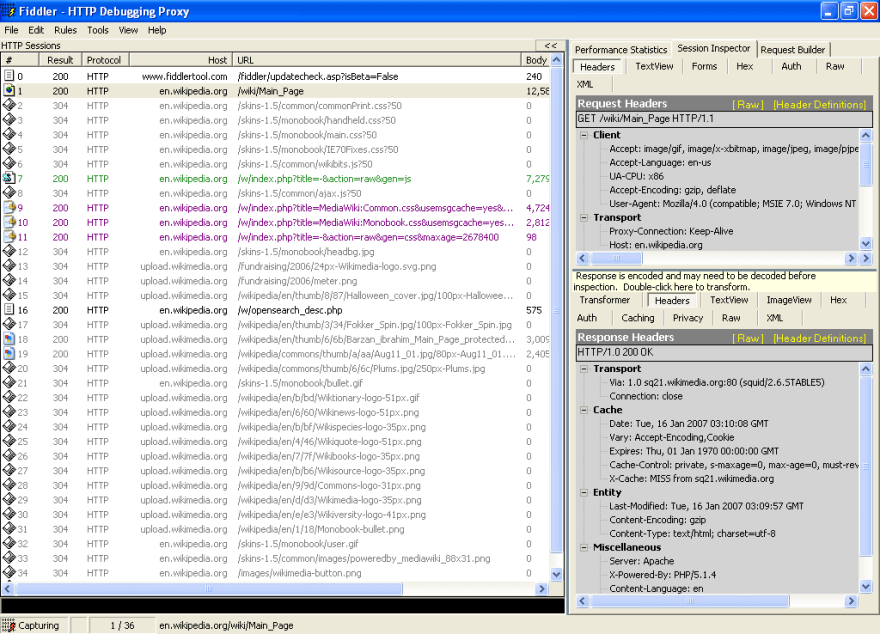
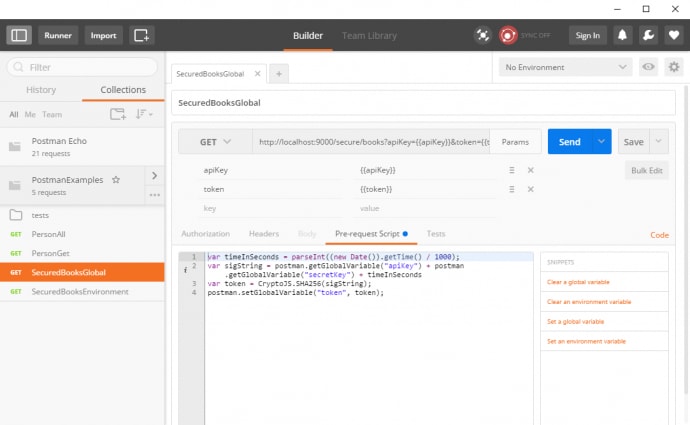
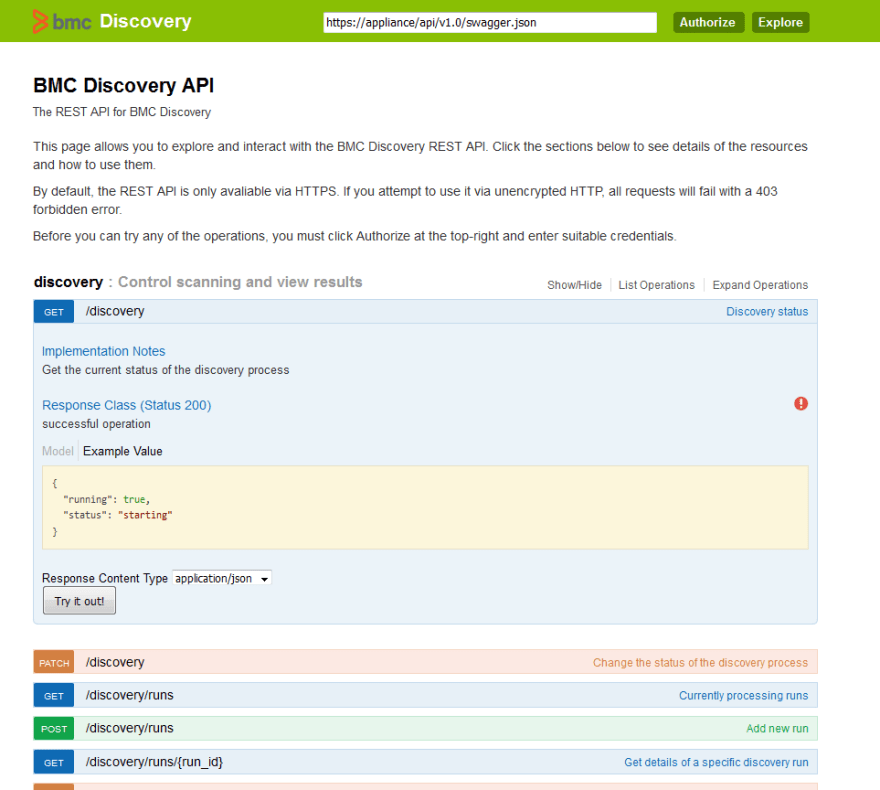
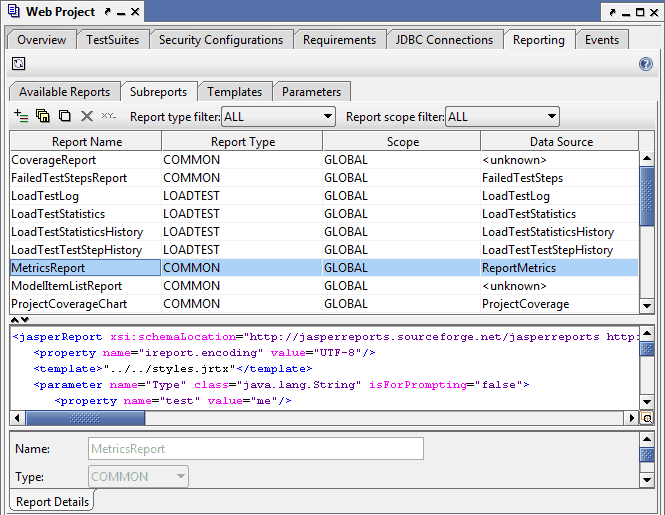

Top comments (4)
Have you tried HTTP Toolkit?
Fits nicely into your API Testing bracket. I've been building it for a while now - I used to be a huge Fiddler user, but it hasn't been updated much for a long long time, and with modern tools & dev we can definitely do better!
Thanks Tim - we'll check it out!
You can also use yamlonline.com/ for the yaml validator as well as yaml converter to json,csv,xml,base64 also for beautify and minify YAML.
Great article! If you're exploring tools for API testing, I’d also recommend giving Apidog a try. It's been a solid addition to my toolkit.